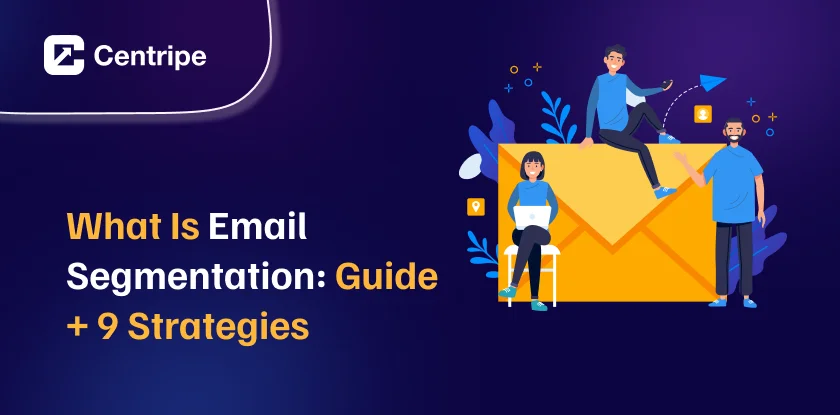You’ve heard the email marketing stats a million times, $36 for every $1 spent, blah blah blah.
But “One size fits all” never fits anyone perfectly, and the same goes for email.
Today’s customers are more aware, more selective, and less patient. They expect emails that understand their needs, respect their time, and feel… human.
Yet most businesses are still sending the same message to every single person on their list… and then wondering why no one clicks.
People don’t ignore your emails because email is dead. They ignore them because it doesn’t feel like it’s for them.
Here’s the not-so-secret sauce: Email Segmentation.
In this blog, we’ll walk you through the 10 email segmentation strategies that will help you connect with the right customer segments using targeted email strategies and smarter email marketing automation.
What is Email Segmentation?
Email segmentation divides your subscriber list into smaller groups based on shared characteristics, behaviors, or preferences. Instead of sending one message to everyone, you create targeted email campaigns for each segment. This type of email list segmentation helps tailor more relevant, dynamic content, boosting open rates by 14.31%, click-through rates by 100.95%, and revenue by up to 760%.
When combined with email deliverability best practices, segmentation ensures not only that your emails are highly relevant, but that they actually land in the inbox where they belong.
The Business Impact of Email Segmentation
| Metric | With Segmentation |
|---|---|
| Open Rates | 14.31% higher than non-segmented emails |
| Click-Through Rates (CTR) | 100.09% increase in CTR |
| Revenue Growth | Up to 760% more revenue |
The 4 Pillars of Email Segmentation
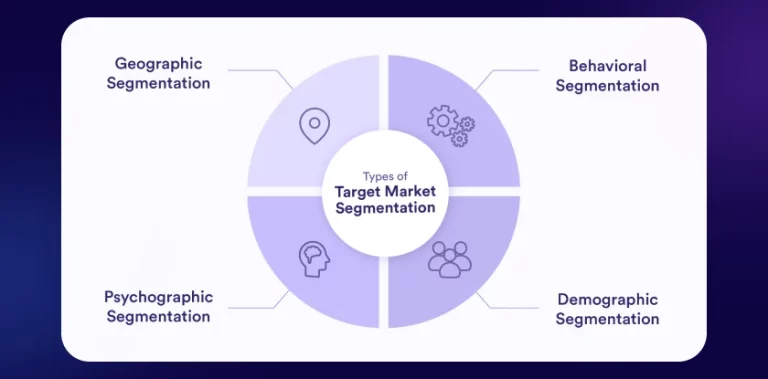
Here are the four main pillars of email segmentation
1. Demographic Segmentation
This means dividing people by who they are, like their age, job, gender, or income. It helps you send the right message to the right group.
- Age and generation
- Gender
- Income level
- Education
- Company size and industry
2. Behavioral Segmentation
Here, you look at what people do. Like what they buy, click on, or how often they open your emails. It’s about seeing their habits.
- Purchase history and frequency
- Email engagement (who’s opening, clicking, ignoring)
- Website browsing behavior
- How they use your product
- Support ticket history
3. Psychographic Segmentation
This one is about what people like and how they think, like their hobbies, lifestyle, or what they care about.
- Values and beliefs
- Personality traits
- Interests and hobbies
- Lifestyle choices
4. Geographic Segmentation
This is simply where people live. You can send different emails to people based on their city, country, or time zone.
- Country, state, or city
- Climate patterns (selling snowboards to Floridians in July? Good luck)
- Time zones
- Language preferences
- Local events and holidays
10 Email Segmentation Strategies That Actually Work
1. Welcome Series for new subscribers
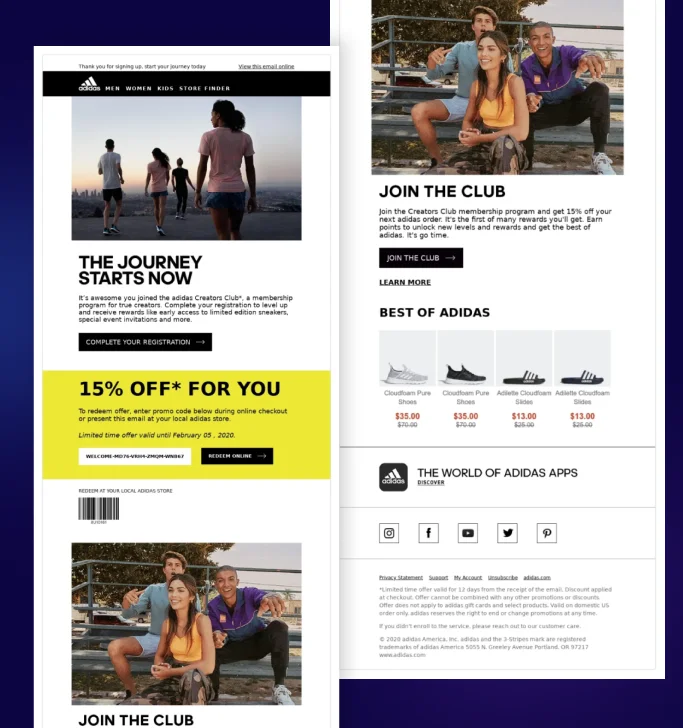
When someone joins your email list, don’t just say “thanks” and disappear. Treat them like a new guest at your shop.
Start by creating a special group just for new subscribers, people who joined in the last 30 days. Then, send them a short welcome series of 3 to 5 emails.
Start by telling them a little bit about your brand, just enough to connect, not bore. Next, show them your best products or services so they know what you offer.
Everyone loves a good deal, so throw in a small discount to make them feel special. Lastly, let them know how often you’ll be emailing them, so they don’t get surprised and unsubscribe right away.
If you’re just starting out, learning how to build an email list and setting up an automated welcome campaign should be your very first step.
2. Royal treatment for loyal customers
The top 20% of your customers, the ones who buy the most or stay loyal for a long time, deserve to feel extra special.
You can start by giving them early access to new products or services before anyone else. It gives them the sense of being somebody and being valued.
You can also offer VIP-only discounts that are not available to others, little things that show you value them.
Where possible, refer them to a specific account manager who they can contact at any time they have a problem.
And don’t forget the power of a simple, heartfelt thank-you message; personalized notes can really go a long way in building strong relationships.
3. Win-Back campaign for Inactive Users
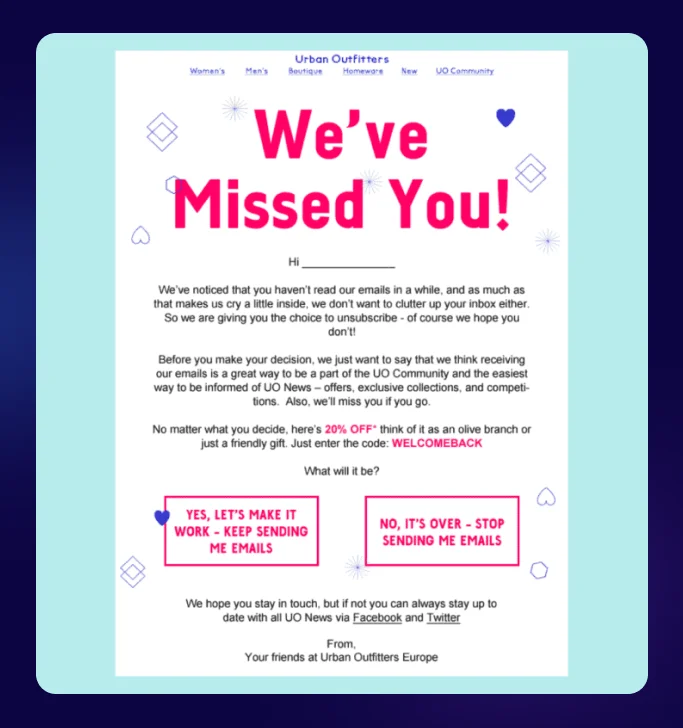
If someone hasn’t opened or clicked your emails in the last 90 days, it’s time to gently check in. Start with a friendly “Hey, we miss you” message, keep it light and not too pushy.
Make them come back by giving them something such as a special discount on a return customer. You can even ask them directly why they stopped engaging, sometimes, people just want to be heard.
Give them something new to see since they last heard of you, new products, features or exciting news.
And most importantly, make it easy for them to unsubscribe if they’re no longer interested. You should never force people to stay, as it only hurts your brand. If even 10–15% of these quiet contacts re-engage, that’s a solid win.
4. Behavioral Trigger Campaign
These are smart marketing emails that you set up once, and they run automatically based on what your customer does.
For example, if a user places something in his/her cart but fails to make a purchase, you can send them a reminder to come back and finish the purchase. This is very effective in e-commerce.
Another way is sending signals to the users when their free trial is about to expire, so that they do not miss it.
5. Geographic & Seasonal Targeting
If you know where your customers live, use that info to send smarter emails. Taking an example, you can recommend them to use an umbrella or a raincoat when it is raining in the destination they are visiting.
Have a store around them? Tell them about local offers or in-store events.
Timing should also be smarter, such as during a time when they are awake rather than middle of the night. Also, plan emails around their regional holidays, not just the big national ones.
Also, do not forget to put the store-specific offers when you have multiple stores. Small touches like these make your emails feel more personal and useful.
6. Purchase History Personalization
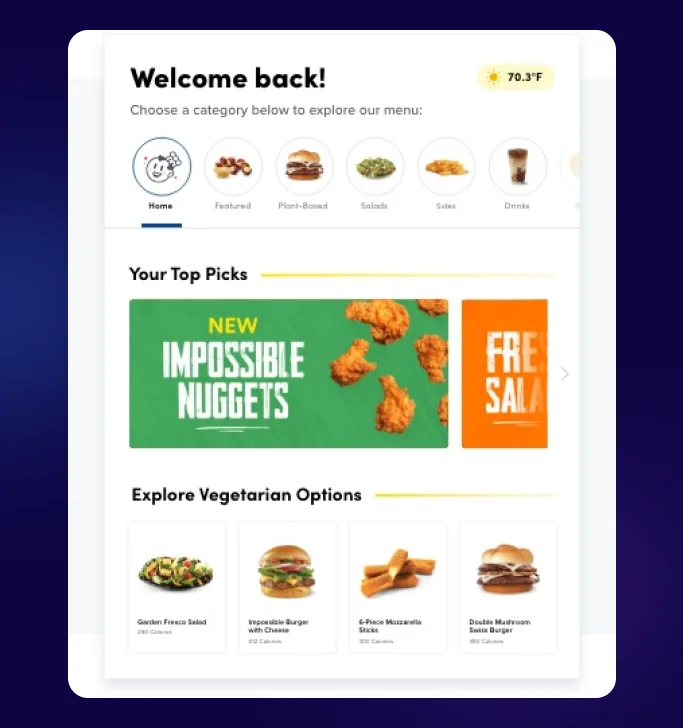
What someone did before tells you a lot about what they’ll do next. So, if a customer bought something that runs out, send a friendly “Time to reorder” reminder.
If they bought one product, show them something that goes well with it. There can also be an opportunity to recommend an upgrade in case this step is logical, e.g., after a few months of using it.
Remember to update them on any loyalty points or rewards they have earned.
And when they keep checking out one kind of product, deliver more content focusing on this particular category. It feels personal, and it works.
7. Segment Based on Job Role or Company Type
If you sell to other businesses, it matters a lot with whom you are communicating. A marketing manager is not going to be concerned about some of the areas that a CEO will be concerned about.
Therefore, divide your list into groups according to the jobs, such as HR head, IT lead, or Finance director.
Also, think about the kind of company they work for. The need of a little startup differs significantly of a large enterprise.
With the right email marketing service, you can even customise your email according to the industry—what may work on a tech company may not work in a retail brand.
Your emails will be more powerful when you speak in their language and get better results.
8. Customize email for mobile vs. Desktop users
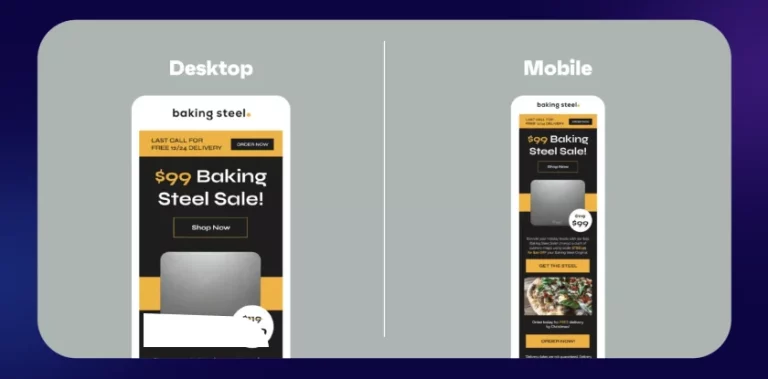
Not everyone opens emails the same way. Some people check them on their phones, while others use a laptop or desktop. If you know what device your reader uses most, you can make their experience way better.
Here’s how: Split your email list into two groups, mobile users and desktop users. Then design your emails differently for each one.
For mobile readers, keep things short and clean:
- Use a short subject line that fits the screen.
- Write less text, so it’s easier to read on the go.
- Add big buttons instead of small links.
It’s a small change, but it makes a big difference. When it is easy to read your email, people will have enough reasons to click and act.
9. Content Preference Segmentation
Want to know what your audience truly cares about? Just watch what they click on.
When a person regularly reads your blog, downloads something, attends webinars, or views the videos, it is good.
It tells you what topics interest them the most. You will be able to learn a good deal even from their survey responses.
Use the information and send them more of what they like, instead of guessing. People are much more likely to leave when you show them the content they are interested in.
10. Celebrate your Customer’s Birthday
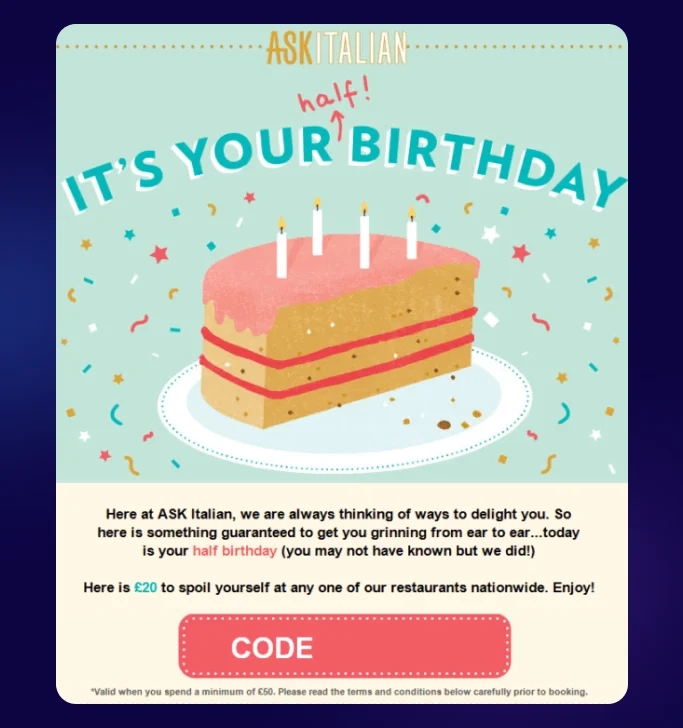
Everyone loves to feel special on their birthday, and your brand can be part of that moment.
By sending thoughtful birthday emails, you’re not just selling something… you’re building a real connection.
Start by collecting birth dates during signup or inside their profile settings.
Then, send them a fun email with a birthday wish and maybe even a special discount or freebie, something small that makes them smile.
Just one tip: don’t wait for the exact day. Send your message a few days early so they have time to enjoy the offer.
And keep it friendly, this email should feel like a warm “Happy Birthday” message, not a disguised sales pitch.
Common Email Segmentation Mistakes to Avoid
1. Over segmentation
Creating an excessive number of small groups sounds smart, but it soon becomes messy. You will be confused, time-wasting, and will end up sending the same email in too many variations. Keep it simple and manageable.
2. Static segments
It is a huge mistake to make a segment and forget about it forever. Your email groups should change with time, just as people change. Refresh your segments regularly to stay relevant.
3. Assumption-based segmentation
It is not surprising to guess what people want. What you think always works might not always be the case. Always test your ideas with real data before sending campaigns.
4. Ignoring small segments
Small groups may be strong when you address them in the right way. Even a tiny segment can bring big results if your message connects well. Don’t overlook the niches.
5. One-dimensional thinking
It is not enough to use a single tool as the location or age filter. Combine data of various domains, such as behavior and interests, to create a more effective targeting.
6. Poor Data hygiene
Wrong or even outdated information can kill your attempts. When emails are sent to the wrong persons or bounce, it hurts your results. Clean your list regularly and keep things updated.
7. Set-and-forget mentality
Segmentation is not a single task. You should monitor it and change it as circumstances require. The greater the number of tweaks and the trials done, the better the email outcomes will be.
Conclusion
At the heart of every successful email campaign is one simple truth: people respond better when they feel understood.
And email segmentation is how you show that understanding.
Whether it’s remembering their birthday, suggesting products based on past purchases, or just sending emails at the right hour of the day, each segment tells a story. A story about your customer. A story about what matters to them. And when you get that right, the connection feels less like marketing and more like a conversation.
So as you go forward, don’t aim to send more emails, aim to send smarter ones. Use segmentation not as a tactic, but as a mindset. One that respects your audience’s time, preferences, and journey with your brand.
Because when your emails start feeling personal, your results start looking powerful.
